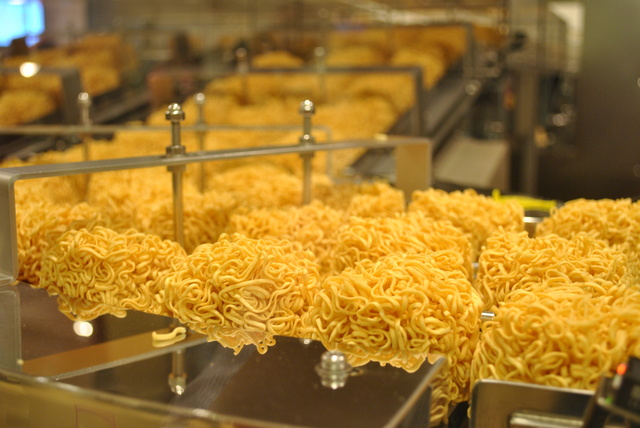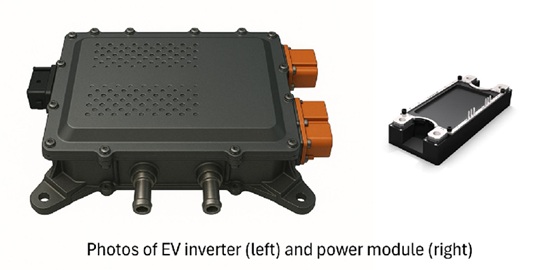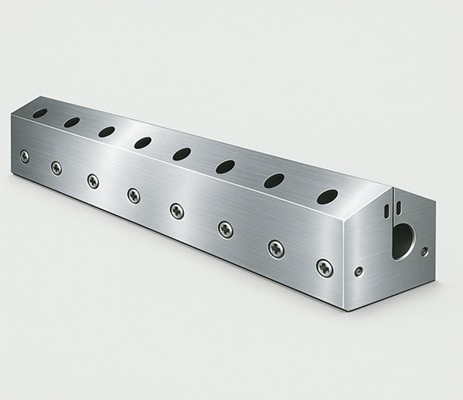
Coating for Instant Noodle Manufacturing Process
Overview
In the manufacturing process of instant noodles, the adhesion of noodles to manufacturing equipment and tools poses a significant problem. To address this issue, a coating that enhances slipperiness and provides anti-stick properties is required. This can improve product quality and increase production efficiency.
Instant Noodle Manufacturing Process
The manufacturing process of instant noodles can be divided into seven main steps:
- Mixing of Ingredients: Weigh and mix wheat flour and other ingredients.
- Noodle Making: Roll the mixed dough into noodle form.
- Cutting: Cut the dough into noodle shapes.
- Steaming Process: Steam the cut noodles to cook them.
- Frying Process: Fry the steamed noodles.
- Cooling: Cool the fried noodles.
- Packaging Process: Package the cooled noodles for shipment.
Role of Coating in the Frying Process
During the frying process, the noodles are fried at high temperatures, which can cause them to stick to the containers (baskets or retainers). To prevent this, a high-heat-resistant and durable coating is used. Applying a heat-resistant coating improves anti-stick properties and slipperiness. This prevents the noodles from sticking to the baskets or retainers, avoids double frying, and ensures that burnt noodles do not contaminate the next process.
Conclusion
Coating in the manufacturing process of instant noodles is essential for improving product quality and production efficiency. Especially in the frying process, a high-heat-resistant coating that aims to enhance anti-stick properties and slipperiness is crucial. We offer high-quality coatings for the instant noodle manufacturing process and contribute to the improvement of product quality.


